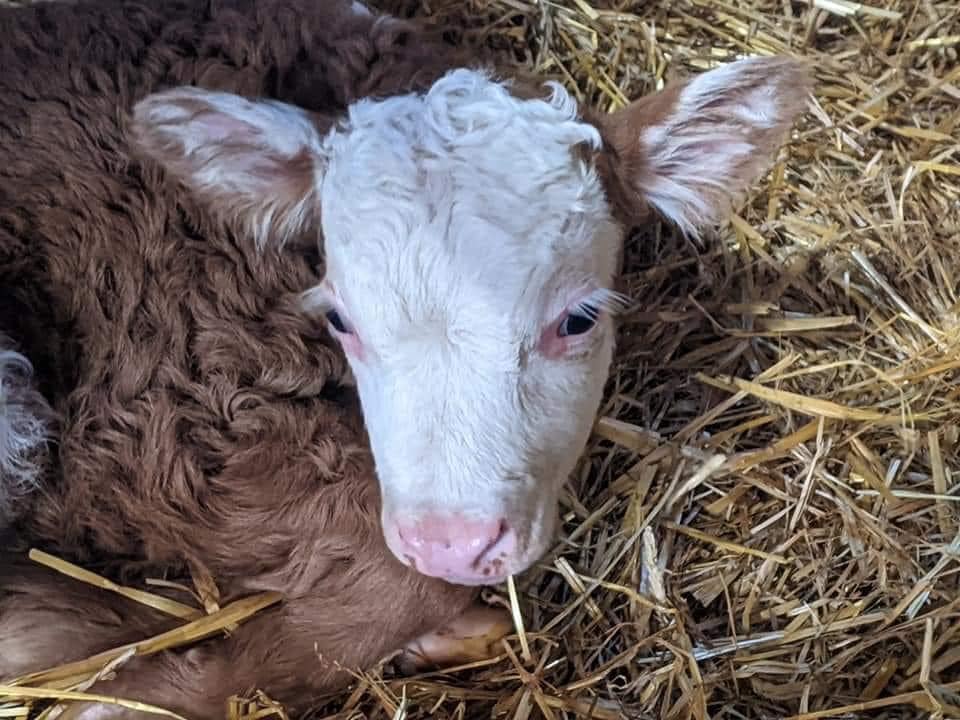The U.S. 9th Circuit Court of Appeals reaffirmed the constitutionality of the beef checkoff program...
Is It Time to Start Retaining Beef Heifers?

Beef Outlook: Tight cattle supplies have become more evident at feedlots after a March report.
Cow-calf producers individually are trying to determine how to best take advantage of record-high calf prices now and in the coming years.
Producers in regions of current drought or more drought vulnerability (needing more time to allow pastures and ranges to recover) are taking a more cautious approach to restocking or expanding herds. There appears to be more interest on the part of producers in drought-free regions to begin saving heifers, although there is no data yet to confirm it is happening.
In any case, the process of herd rebuilding is starting slow, and it will be a lengthy effort.
The available supply of replacement heifers is limited for 2025 and 2026 (see chart below). If heifer retention increases in 2025, it will be 2027 before heifers would enter the herd.

Along the way, heifer retention will squeeze available feeder cattle supplies even more and push prices higher, possibly in 2025, but more likely after that — remaining strong until late in the decade given the slow pace of herd rebuilding.
Quick look at feeders
The March USDA Cattle on Feed Report showed feedlot inventories at 11.58 million head, down 2.2% year over year and the smallest March inventory since 2017.
Although the U.S. calf crop has shrunk since 2018, feedlots have been able to hold inventory averages steady since late 2023. This was achieved as a result of continued heifer feeding and extended days on feed, which keeps the feedlot inventory relatively high but with a slower turnover rate.
For about 18 months, feedlot inventories masked the reality that feeder cattle supplies are declining, and fewer cattle were moving through feedlots. However, February placements were the smallest for the month in 10 years.
Feedlot inventories are expected to decline in the coming months as the one-time gain of extended days on feed is fully reflected in feedlot production. If heifer retention begins more aggressively, the decline in feedlot placements will be even more pronounced.
Lean into forage production
Record-breaking sales show calf prices rising further and faster than feeder cattle.
Markets are providing increasingly strong signals to the cow-calf sector to rebuild beef cow herds. These indicators also guide resource use and allocation.
Pasture and rangeland in the U.S. are primarily used for cattle production — either cow-calf or stock grazing. Current market signals are clear that grass is most valuable for the production of calves.
Cow-calf producers often have the flexibility to use their forage to produce more calves or somewhat fewer calves with some forage reserved for retained stock to increase weight. The current market provides less incentive for retained stock.
Mother Nature in driver’s seat
Although there is little severe drought in the U.S., warm spring temperatures and gusty winds mean that drought conditions can develop rapidly.
The March 25th U.S. Drought Monitor showed that 44.68% of the country is in D1 to D4 level of drought (including 8.33% in D3 to D4), up from January 14th levels of 36.72% in D1 to D4, including 4.78% in D3 to D4.
The seasonal drought forecast suggests that additional drought development is likely through the first half of the year.
Developing drought and the threat of drought is, no doubt, contributing to a cautious approach among producers relative to restocking and herd rebuilding.
EDITOR’S TAKE:
In other words, cattle prices are going to remain high for the foreseeable future! And the longer cattle producers wait to replace more breeding stock heifers, the longer prices for beef will remain high. But fear of hay and pasture shortages due to drought have held back heifer calf retention. What can break this cycle? More certainty with regards to feed supplies.
Speaking of higher prices and more certainty, what is going to happen as a result of tariffs on autos, steel and aluminum? The truth is, no one knows for certain what precisely will occur as we move down the road. However, you have a huge advantage with tools available to you that are not available to non-CAD dealers. For instance, AgTruckTrader.com is the perfect way to target farmers/ranchers in your area. This allows you to gather warm leads and follow up directly. That creates more opportunity for your sales team by avoiding purely cold calls.








